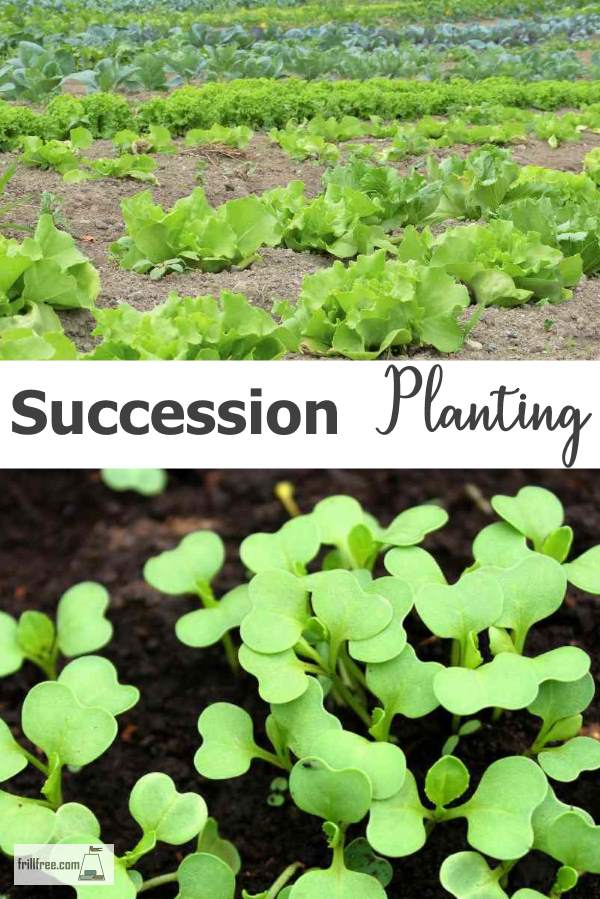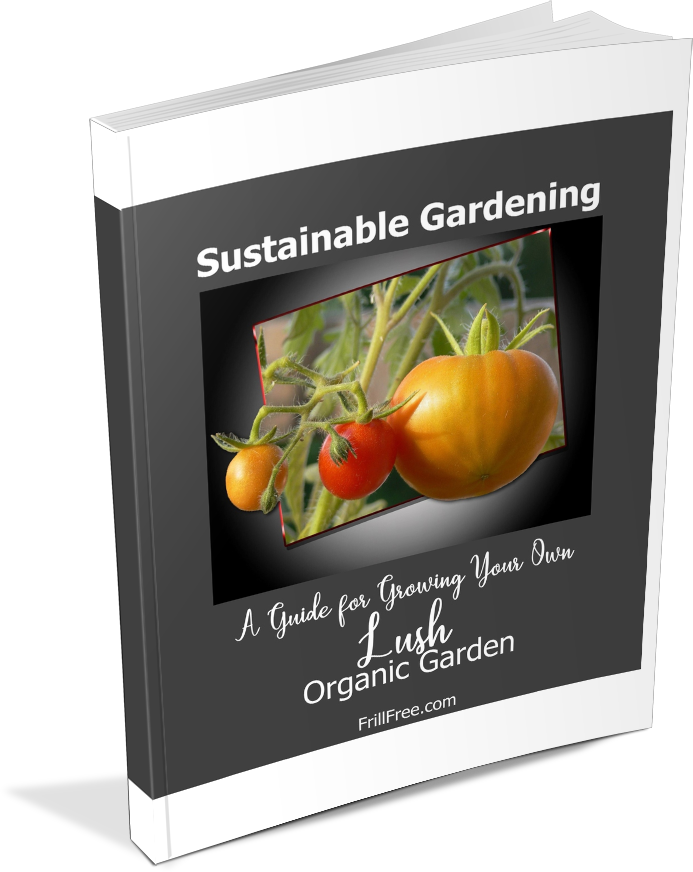- Homesteading
- Methods of Organic Farming
- Succession Planting
Succession Planting
Crop Rotation in the same space
Growing crops in succession gives you the option of getting more than one harvest from the same space in your garden.
Many crops take only a short amount of time to grow, produce the crop, and be harvested - what happens to the space then?
Don't waste all the time and effort you put into it preparing the soil. Plant another crop, either from seed, or by planting transplants into it. Some plants do better in combination, and in succession.
Avoid planting vegetables from the same family to protect them from pests going from one to another - an example of this is the cabbage family.
Clubroot is a problem that can linger in the soil
between crops, and crop rotation is crucial to avoid issues in
subsequent plantings.
A better option would be to plant lettuce or carrots after you
harvest spring cabbage. They aren't affected by the same diseases and
problems, and they don't mind being planted where the cabbages have
grown, fertility wise.
If there are varying amounts of space left between plants, after thinning out some plants and leaving some to grow into larger heads (again, using cabbages as our example) plant some young transplants of other vegetables in between them.
Harvesting partial crops
through the season gives you the advantage of not having to deal with a
huge bounty of plants to process at the same time, and more diversity to
your diet.
As an added bonus, the larger established plants can act as a 'nurse crop' protecting the smaller ones from excess rain that could wash soil away, windy conditions which could dry them out, and the impact of walking along rows which could damage the youngsters.
Add
a bit of mature compost to the soil between the plants - this will
benefit the original crop, and add some nutrients for the young
transplants or seedlings.
Depending on the two crops, you could also add some Dolomite lime, wood ashes or glacial rock dust to give them a boost too.
Of course, you'll need to watch your watering regimen too - small plants take a lot less water than big, established plants.
Adjust
accordingly. A few days of hand watering with a garden hose instead of
heavy overhead irrigation will help the transplants get established
without washing them away.
You may want to drape some row covers over the new plants if it's
going to be hot, or excessively wet or windy. This will protect them
from too much sun until they get hardened off, and also from pests like
voles, rabbits or birds.
Smaller gardens where you don't have a lot of extra space can still produce a lot of vegetables. Even Square Foot Gardens, using succession planting and crop rotation, give a surprisingly diverse number of crops.













